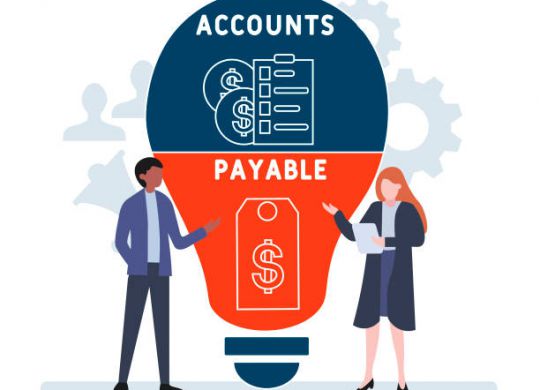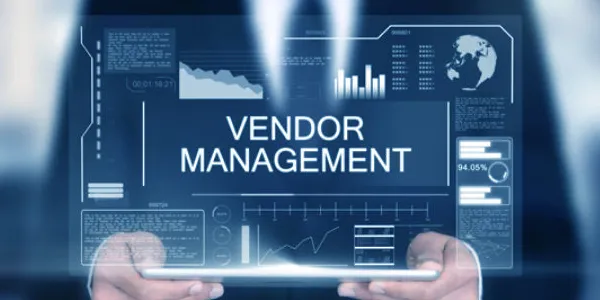Carbon accounting is an essential business practice that not only ensures regulatory compliance but also drives sustainability efforts, stakeholder engagement, and corporate reputation enhancement in the pursuit of a lower-carbon future.
Accounts Payable
In 2024, AP professionals are in for a wild ride. Tech, business, and market shifts are shaking up their role. Let’s dive into nine key changes and what they mean for your department and various positions involved.
By fully integrating technology and embracing automation, AP departments are primed to evolve into strategic advisors, fortifying compliance and regulatory oversight, and spearheading process enhancement and innovation…
Key elements are continuing to shape Accounts Payable departments everywhere. Make sure you’re up to date on what’s going on behind the scenes.
Data analytics, AI and ML (machine learning), and other techniques are proving to better predict vendor behavior and assist with management processes.
Now is the moment to delve into the crucial role of vendor management, examining its myriad advantages, significant hurdles, and strategies for enhancing vendor partnerships to propel business triumph.
Stay competitive and up to speed by mastering common roadblocks within vendor management. We’ll help you along.
Get the answers you’re seeking about the functionality, challenges, and strategic importance of proper cash application.
Mastering vendor reconciliation requires precision in adhering to foundational best practices and implementing advanced strategies, as businesses strive for financial excellence and operational resilience.
Highlighting the crucial role of vendor reconciliation guarantees business transparency, averts financial pitfalls, and optimizes cash flow, informed budgeting, and resilient supply chains.















